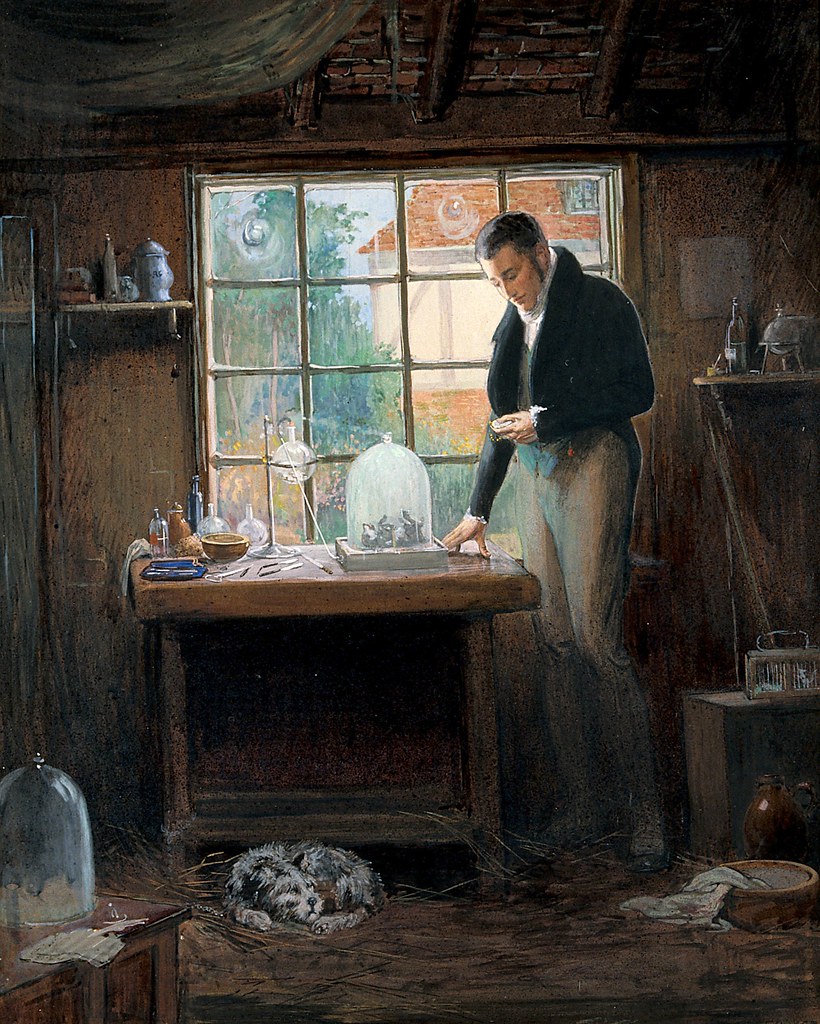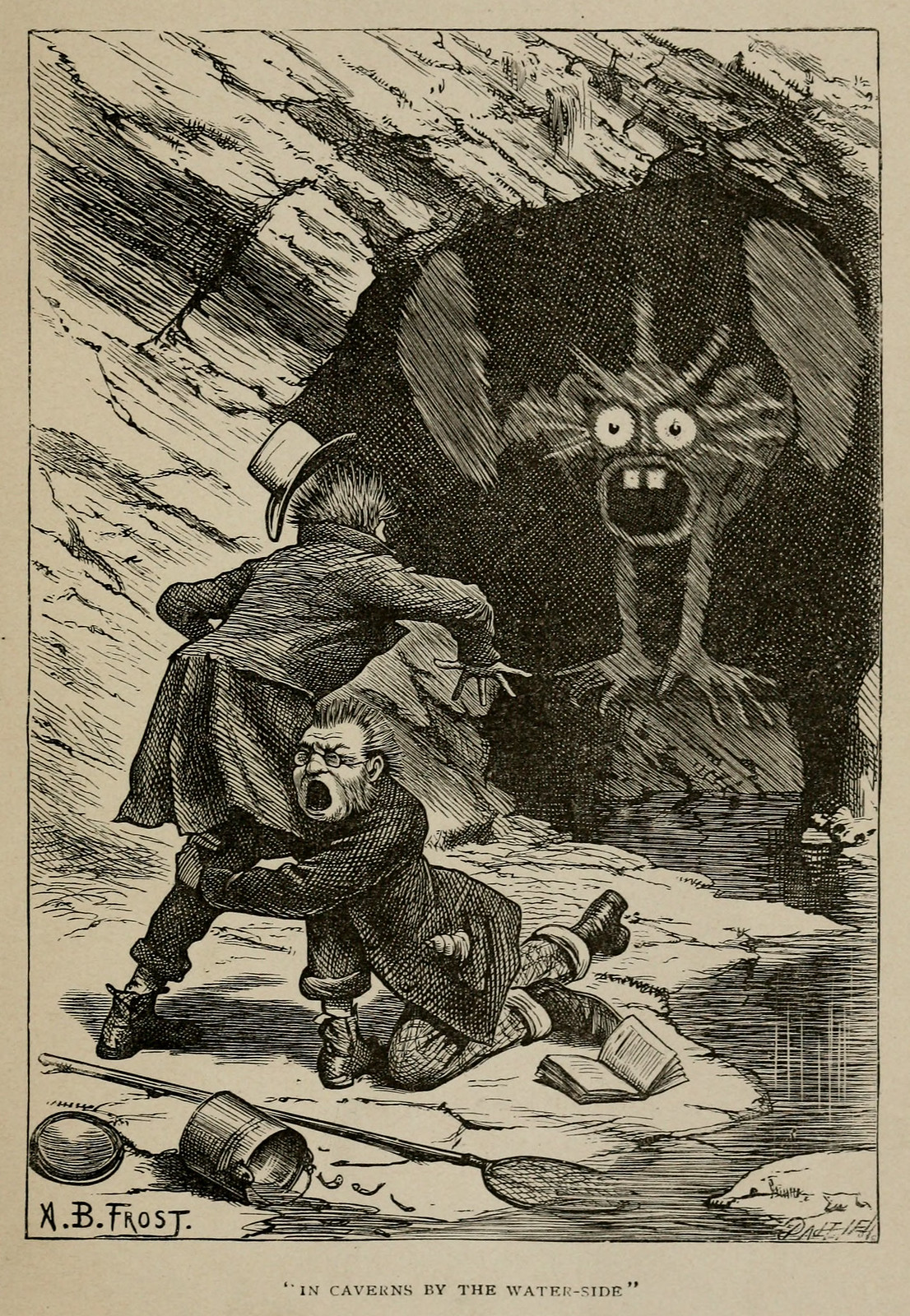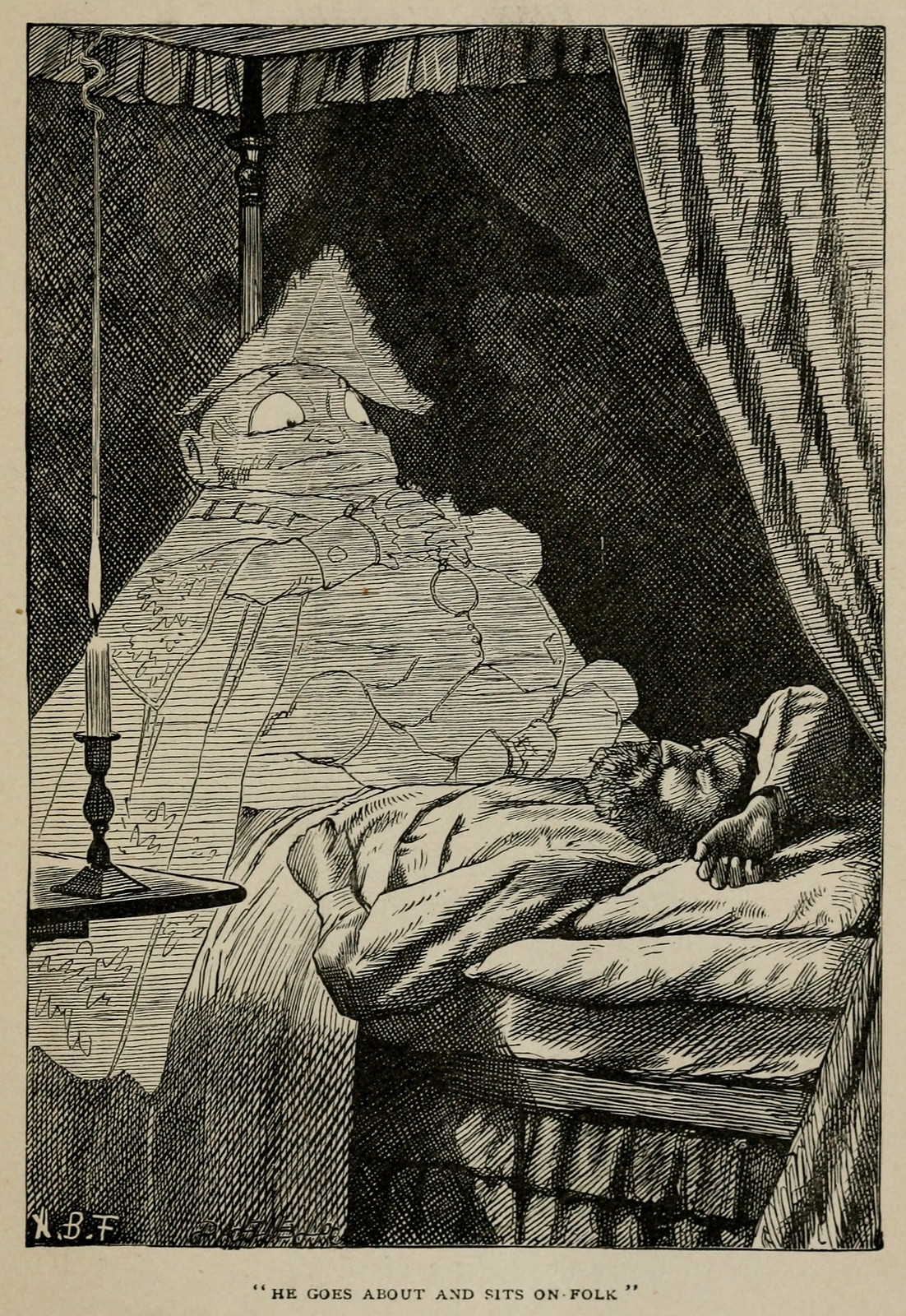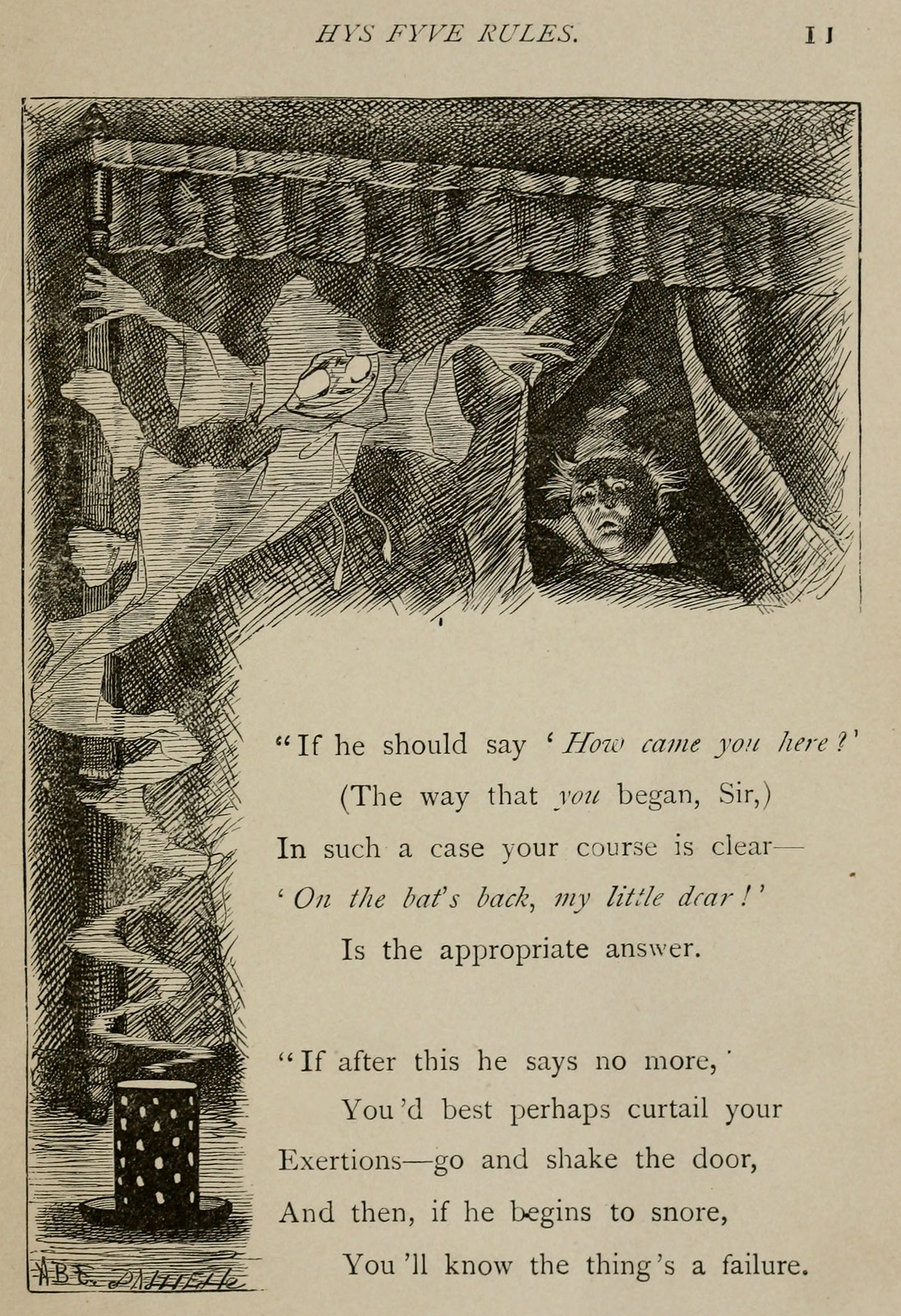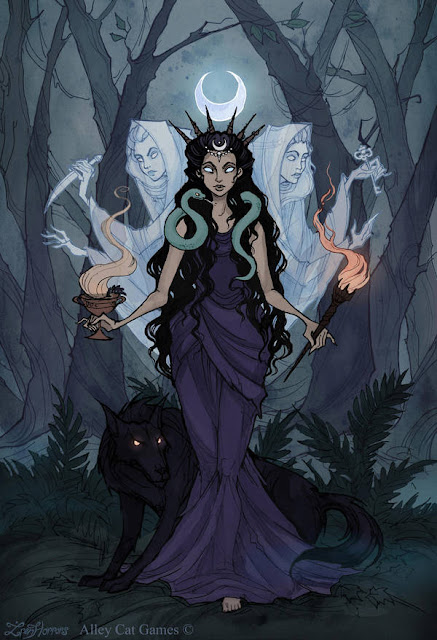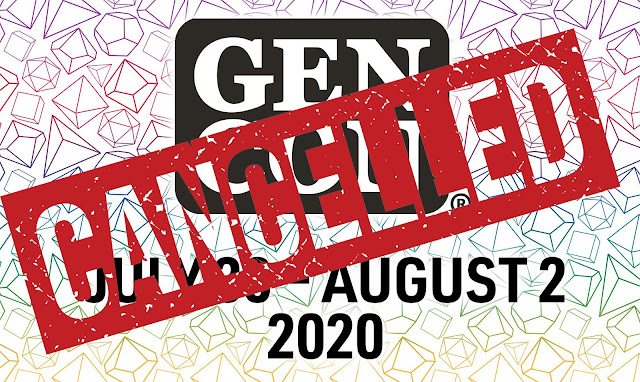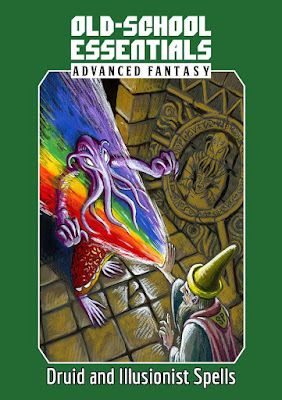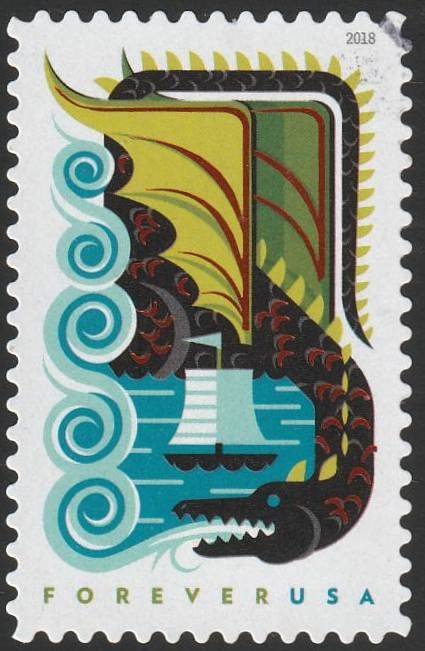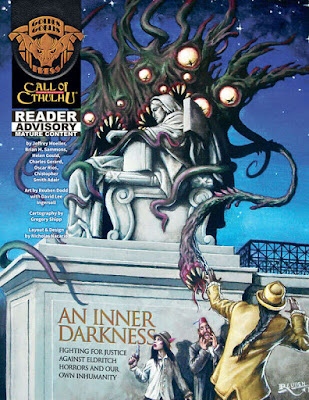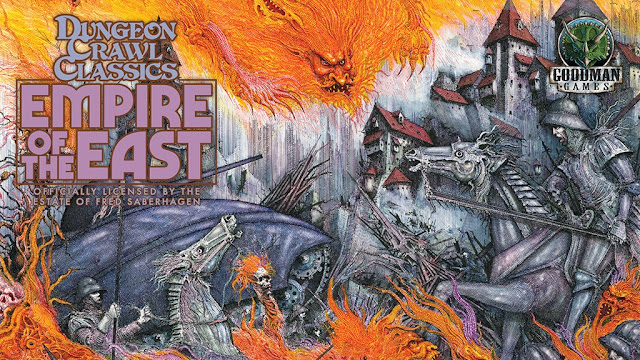
In ages past the world ended. In the skies above Babylon, the greatest city on Earth, specks of black mist appeared, pulsated, and grew, extending until the heavens were engulfed by an ocean of darkness. Even in the darkness, gashes could be seen in the newly sundered skies and from them cyclone-like tentacles reached out and began to rip the world apart. As prayers to the gods went unanswered, helpless men, women, and children were swept up into the turmoil and into the Void beyond… In this way the world ended, and mankind fell from grace. Many centuries have passed and the descendants of those survivors who were ripped from Ancient Mesopotamia struggle for their existence between the cracks and in the shadows in the slums of Llyhn the Eternal City, a dystopian cosmopolis and trading hub at the epicentre between the Cosmos and the Void. Living in filthy alleys and shanties among beggars, slaves and the casteless, they scrounge for scraps that fall from palaces of the unknowable alien Unseen Rulers of the city. Humanity is very much at the bottom of the social hierarchy in Llyhn, a city inhabited and ruled by eerie beings from faraway worlds, bizarre sapient entities and otherworldly Daimons from beyond the Veil. However, there are factions in the city who want this to change, for humanity to rise beyond its meagre existence. Chief amongst these are the three enclaves of humanity. These are the Feerdani enclave, consisting of a thousand labourers and dork workers ruled by the one-armed, elderly despot, Feerada; the ruins known as Beggars Court, ruled by the corpulent and paranoid self-styled Beggar King; and the Assembly, an inclusive enclave governed by a representative body which is seen as a beacon of hope in Llyhn.
The Player Characters are inhabitants of Llyhn Eternal, seeking matronage or patronage with one of the enclaves, getting involved in the rivalries between the city’s many factions, perhaps even voyaging out from the order and constancy of the Cosmos into the chaos and catalyst that is the Void to other worlds, perhaps on missions of trade, exploration, diplomacy, and more. Yet between the stability of the Cosmos and the ethereal, fluctuating ocean of the Void, is the Veil, a metaphysical entity which keeps them apart, though there are places where the Veil is weakened to the point where the boundary between the Void and the Cosmos is blurred. This is where border worlds such as Llyhn are located.
This is the set-up for
Black Void , a roleplaying game of esoteric dark fantasy published by
Black Void Games and distributed by
Modiphius Entertainment. Although there have been many roleplaying game of late published in Scandinavia, nearly all of them by Free League Publishing,
Black Void has the distinction of being a Danish roleplaying game. It may well be the first Danish roleplaying game to be published in English.
As the descendants of Earth, Player Characters can be Pureblood Humans; Halfbloods, the result of interbreeding with another species, often regarded with hostility by other Humans; or Voidmarked, either born of esoteric and Human parents or exposed too much to the chaotic nature of the Void. They may Llyhn natives and perhaps enclave members, outsiders from a backwater world, recluses from the city, or perhaps even Lost Children returned from traversing the Void or rescued castaways from missing expeditions or colonies. A Player Character is defined by his homeworld, Traits, Background, Attributes, Powers, and Skills. A homeworld provides a Player Character with a little background information and a Talent, whilst his Traits—Agility, Awareness, Stamina, Strength, Intellect, Persuasion, Presence, and Willpower, typically rated between one and five for Human characters, but can go as high as twelve for other species. They are the equivalent of attributes or characteristics in other roleplaying games. They typically average three for most Humans and most Player Characters. Traits and Flaws are advantages and disadvantages, whilst Background defines a character’s social standing, allies, resources, and ancestry. Attributes and Powers are somewhat different. Attributes—what would be called traits in other roleplaying games—can either be Physical or Esoteric. Physical Attributes, for example, wings or horns, may be found amongst Halfblood and Voidmarked characters, whilst only the Voidmarked may have Esoteric Attributes, such as Ageless or the beguiling Daimonic Whispers. Powers are supernatural abilities, either Mystic powers, Blood Rituals, or Void powers. Mystic powers enable a character to channel his mental energies or inner Void to manifest phenomena and change reality around him; Blood Rituals require deal with sacrificial divination, bloodletting rituals, and other practices in order to enhance the practitioner; and Void powers are innate inhuman abilities and manifestations, available only to the enlightened.
For the most part, character generation is done by Point Buy. A player has forty-eight Character Points to spend on everything. Half of these are assigned to the character’s eight Traits, giving them a value of three each. Deducting three from each Trait gives its bonus for actions and skill rolls, so a Trait needs to be at least four to provide any bonus. The other half is spent on Talents, Backgrounds, Attributes, Powers, and Skills. Talents and Flaws are associated with particular Traits. A Trait must have a value of three or more to have an associated Talent, or a value of three or less to have an associated Flaw. Being a Halfblood or Voidmarked character also costs points, but grants access to Attributes that an ordinary Human character would not have.
Skills are ranked between zero and twelve, from Dabbler to Legendary, and must be purchased at a Rank of zero before they can be raised to a positive value. For every three ranks in a skill, a character can have a specialisation, but each specialisation costs three points. A character also has two other values. Enlightenment is a measure of his intuitive understanding of the greater Cosmos, Void, and the Veil, and can be a boon or a bane, but ultimately tracks his climb to illumination and the powers that grants him. Initial Enlightenment depends on a character’s origins and can only be improved through play. Wastah represents a character’s personal influence, typically ranging between one and three.
Our sample character is Bagrah, an orphaned Halfblood human who nominally works in an abattoir handling animals, but finds more work as a small time thief, thug, and hired muscle. His height and weird eyes unnerve many people, which can be to his advantage. He wants to improve his existence, but does not know how.
Name: Bagrah
Race: Halfblood
Homeworld: Enlightened – Core
Age: 19 Gender: Male
Appearance: Lanky and wiry; feathery hair, vertical; slits for eyes
Agility 4 (+1) (Talent: Fast Reflexes)
Awareness 4 (+1) (Talent: Vigilant)
Stamina 3
Strength 3
Intellect 3 (Talent: Focused)
Persuasion 2 (-1) (Flaw: Blunt [Mild])
Presence 2 (-1) (Flaw: Bad Aura [Mild])
Willpower 3
Health: 28 Sanity: 8 Move: 5 Defence Value: 9 Enlightenment: 0 Wastah: 0
Backgrounds: Caste: Kalbi, Local
Powers: Retractable Small Claws, Night Vision
Skills: Athletics 1, Animal Handling 0, Dodge 1, Larceny 1, Stealth 1, Streetwise 1, Unarmed Combat 1
Notes: +1 interaction from homeworld; +1 modifier to subterfuge, disguise and associated rolls.
Character creation and getting the points balanced between Backgrounds, Traits, Powers, and Skills is slightly fiddly to get quite right. At even the standard power level for starting characters a player will need to decide which of these his character will focus on. Certainly unless a character is focused on skills, he is unlikely to have any Specialisations as they are so costly.
Mechanically,
Black Void uses a standard roll and add mechanic, employing a twelve-sided die. To this will be added modifiers from a character’s appropriate Traits, Talents, and Skills. An easy task has a difficulty rating of four, an average task a difficulty rating of seven, a challenging task a difficulty rating of ten, and so on, going up in steps of three all the way up to twenty-five for an impossible task. A roll of a one is a critical fumble, whilst a roll of a twelve is a critical success and enables the die to be rerolled and the result added. Various effect rolls, such as weapon damage, are rolled on two, three, four, six, and twelve-sided dice.
Combat uses the same mechanics, the difficulty to hit an opponent determined by his Defence Value. In general, combatants get only one action per round and this can be used up if a character needs to dodge or parry an attack, so a player will need to be more careful in his choice of actions as there is no automatic attack attempt. Armour reduces damage, but its bulk can impede attacks or other actions, and weapons can have other properties, such as piercing for a spear or knockdown for a mace. Both arms and armour can be modified and customised for further effects.
Magic plays a major role in
Black Void and comes in three types—Blood Rituals, Mysticism, and Void powers. Of these, only Blood Rituals and Mysticism are available at the start of the game, whilst Void powers come through being exposed to the Void or gaining Enlightenment. Magic is very different to that of other fantasy roleplaying games and has an adult tone in places. Notably, this is with Blood Rituals, the practice of ceremonial sacrifice of living animals, beasts, and sometimes even sentient or Daimonic beings. This is divided between bloodletting, the blood being consecrated, offered, or ritually consumed to confer its innate powers and thus a temporary ability, bonus, or advantage on the practitioner or other recipient, and sacrificial divination, in which the entrails and blood of a sacrificial animal are examined to elicit an answer to a query supposed fortune, insight, or providence. Mysticism is influenced by the Void and enables its practitioners to alter reality with inexplicable, wondrous, and oftentimes quite dangerous phenomena, and as such can only be practised by the Voidmarked, the enlightened, or those who have otherwise been affected by the Void. Practitioners of Mysticism are either Furores or Gnostics, depending upon if they use their Willpower or Intellect respectively. Furores tended to be untrained and unleash passion fuelled displays of unrefined powers, whilst Gnostics are trained and meditative, capable of creating more subtle effects. They cannot channel as much power as Furores, but know techniques which enable them to withstand the deleterious effects should they lose control of their power.
Our sample Mystic is Gulandam, a healer and scholar in good standing with the Beggars Court despite his appearance.
Name: Gulandam
Race: Voidmarked
Homeworld: Llyhn Native
Age: 59 (Elder) Gender: Female
Appearance: Short and obese; speckled skin, hair tendrils, all black eyes, tendril beard, four fingers on each hand, four toes on each foot.
Agility 2 (-1)
Awareness 3
Stamina 2 (-1) (Flaw: Obese [Mild])
Strength 2 (-1) (Flaw: Frail [Mild])
Intellect 4 (+1) (Talent: Quick Learner)
Persuasion 3
Presence 3
Willpower 5 (+2) (Talent: Resolve)
Health: 16 Sanity: 39 Move: 4 Defence Value: 7 Enlightenment: 0 Wastah: 1
Backgrounds: Educated, Local
Powers: Ageless, True Sight, Mysticism (Gnostic) 1– Spheres: Life (2), Mind (2)
Skills: Anatomy 1, Bladed Weapons 0, Enquiry 1, Herbalism 1, Occult Lore 1
Then there is Enlightenment. Through a growing awareness and comprehension of the Cosmos and the Void, a Player Character can climb tiers of Ascension, becoming increasingly sensitive to the Void and able to express various powers. Enlightenment only comes about through play and it is up to the Arbiter to decide when a Player Character progresses.
Bagrah has been hired to mug Gulandam, part of the rivalries besetting the Beggars Court. The Arbiter Gulandam’s player must make an opposed Observation roll versus Bagrah’s Stealth check. The Stealth check figures in Bagrah’s Agility modifier and Stealth skill, which is +1 each. His player rolls the die and adds +2 for a result of 9, modified to 11. Gulandam has no modifier, nor the Observation skill, so is untrained and suffers a -3 bonus. His player rolls an 11, modified to 8. Bagrah has achieved surprise and consequently, beyond his natural Defence Value of 7, Gulandam cannot react to the attack. Bagrah unleashes his claws and leaps to attack. His player will add +1 for Bagrah’s Agility modifier and +1 for his Unarmed Combat skill. Unfortunately, Bagrah’s player rolls a natural 1—a critical fumble! This means his player rolls on the Mishap Table, the result being a ten in which Bagrah pinches a nerve and cannot conduct any combat manoeuvres the following round.In the next round, both players roll for initiative. Gulandam has no modifier, but Bagrah gains a total bonus of +2 from his Agility and Fast Reflexes Talent. Bagrah’s player again rolls a natural 1! There is no penalty for this, but Bagrah is obviously slowed by the pain. Gulandam’s player simply rolls a 7. Now both players will declare their characters’ actions. Bagrah’s player says that he will be doing no more than dodge whatever Gulandam attack will make, whilst Gulandam’s player decides that the Mystic will strike fear into Bagrah using the Mind Sphere of his Gnosticism. This takes three separate steps. First to determine the Potency of the Mystic channelling, then make a to-hit roll and roll, followed by a damage roll.Potency depends on the channelling time, range, duration, area, and the Rank of the Sphere used. An instant channelling time has a Potency of 6, but Gulandam has time to concentrate before Bagrah can act. Gulandam spends a second concentrating on the channelling, reducing his initiative to 3 and the Potency to 5. Range is inside three metres and duration is instant, so the Potency is not increased, but the target of one person increases it by 1. It is also increased by 2 for Gulandam’s Rank in the Mind Sphere. This gives his player a Difficulty of 9 to beat. To this, Gulandam’s player will add +1 each for Gulandam’s Intellect modifier and Mysticism Rank. He rolls a 9, adds +2, for a total of 11. Gulandam has successfully channelled the Gnostic forces and his player now makes the to-hit roll. Bagrah has a high Defence Value and Gulandam has a poor Agility, giving a -1 modifier to the attack roll. Fortunately, Gulandam’s player rolls an 11, which means Gulandam successfully strikes his assailant. At Rank 2 of the Mind Sphere, Gulandam can force Bagrah’s player to make a roll against Difficulty rating of seven. Unfortunately, Bagrah’s player rolls a 5 and Bagrah is suddenly affeared… This means he has to roll on the Fear effect table, and on a seven, Bagrah is panicked, and must flee for three rounds and is at a penalty to act against Gulandam.
Black Void is split into two parts. The first half presents the rules for both the players and the Arbiter—as the Game Master as known in
Black Void—and quite an extensive equipment list also, including lists of physician’s tools, infusions and teas, services and labour, and so on. The second half is for the Arbiter. Here it presents solid advice on running and setting up a game, before delving into the world or worlds of
Black Void itself. This includes an examination of the Void itself and the means and dangers of traversing it; perforations between the Void and the Cosmos, and the appearance and nature of the perforations where they appear; and information about the most common routes through, in particular those overseen by the Unseen Rulers of the Eternal City. The focus of the Arbiter’s section is Llyhn Eternal and here it is given a good breakdown of the city’s sections, factions, and so on, complete with decent maps, personalities, and plot hooks. The bestiary provides a selection of strange sentient and non-sentient races. They include the curious and diminutive four-armed Aq’Jarea, traders and travellers known to hire guides and guides; the Eybolq, a black-scaled, aquatic-looking creature that swims through the air rather than the water and has a strange aims and known to feed upon the mental capabilities of its targets; and the Harith, bulky, six-armed blobs of muscle known for their sense of honour, their singing voices, and the great flotillas they travel the Void in. Lastly, nine worlds are described as potential destinations to go beyond the Veil.
Black Void is a roleplaying game in which not only are the Player Characters at the bottom, but so is the rest of Humanity. They cower at the bottom of a highly stratified and strict caste system, wanting to improve themselves as does the remnants of Humanity. However, step out of line and the powers that be in Llyhn the Eternal, the Unseen Rulers and their servants, are all too ready to swat Humanity like insects. Improving themselves will take matronage and patronage, allies, dangerous missions, and more. At times it involves the Player Characters to the Void, which may change them, make them less or more than Human. The question is, as the last bastion of Humanity, are they and the enclaves of Humanity in Llyhn prepared to sacrifice that?
Physically,
Black Void feels as dark as its name suggests. All of the pages are given a faded sepia wash and whilst is quite heavily illustrated, the artwork varies in quality. Much of the black and white art is of questionable quality, whilst the majority of the full artwork is very, it is often too dark, often murky, to really see the rich detail that it probably has. It needs an edit too in places, but otherwise in terms of the text is decently written.
Black Void is an amazing fantasy creation, dark and different in its feel with a great deal of originality and yet…
Black Void simply suffers from poor design in terms of the way in which it presents its information. Fundamentally it is not sufficiently upfront what the game is or what is about and what the players can roleplay and what they are doing. In fact, there is not really enough background presented to the players at all before they are given the means of creating characters and then the rules. For the Arbiter, there is no explanation of what the game is about until halfway—two hundred pages—through the book. What this means is that the players are given the means—or the how—of character creation, but not the why. They have no context for what they are creating which leaves the Arbiter with extra work to do in order to educate her players. Certainly,
Black Void needed some sample characters complete with backgrounds and motivations, some background with in-game voices explaining the factions and what they want, and so on. That would have prepared the players for character creation, given them basics about the background, given them some ideas about what to play, and also prepared the Arbiter for her own half of the book. It does not help that the core book lacks a scenario to help her get started either.
Black Void is a fantastical creation, genuinely original. It reads as if
One Thousand and One Nights has been cast upon an alien shore under skies of cosmic horror and that is a weird combination. As a roleplaying game,
Black Void takes more effort and makes more demands upon the players and the Arbiter than what its very different setting should, all of them unnecessary if it had been more clearly designed and presented. If as a Referee you are looking for a different, original fantasy setting, then
Black Void is worth investigating, but bringing it to the table will be a challenge.
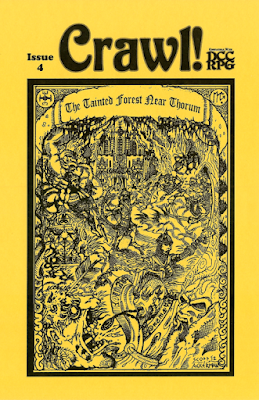 On the tail of the Old School Renaissance has come another movement—the rise of the fanzine. Although the fanzine—a nonprofessional and nonofficial publication produced by fans of a particular cultural phenomenon, got its start in Science Fiction fandom, in the gaming hobby it first started with Chess and Diplomacy fanzines before finding fertile ground in the roleplaying hobby in the 1970s. Here these amateurish publications allowed the hobby a public space for two things. First, they were somewhere that the hobby could voice opinions and ideas that lay outside those of a game’s publisher. Second, in the Golden Age of roleplaying when the Dungeon Masters were expected to create their own settings and adventures, they also provided a rough and ready source of support for the game of your choice. Many also served as vehicles for the fanzine editor’s house campaign and thus they showed another DM and group played said game. This would often change over time if a fanzine accepted submissions. Initially, fanzines were primarily dedicated to the big three RPGs of the 1970s—Dungeons & Dragons, RuneQuest, and Traveller—but fanzines have appeared dedicated to other RPGs since, some of which helped keep a game popular in the face of no official support.
On the tail of the Old School Renaissance has come another movement—the rise of the fanzine. Although the fanzine—a nonprofessional and nonofficial publication produced by fans of a particular cultural phenomenon, got its start in Science Fiction fandom, in the gaming hobby it first started with Chess and Diplomacy fanzines before finding fertile ground in the roleplaying hobby in the 1970s. Here these amateurish publications allowed the hobby a public space for two things. First, they were somewhere that the hobby could voice opinions and ideas that lay outside those of a game’s publisher. Second, in the Golden Age of roleplaying when the Dungeon Masters were expected to create their own settings and adventures, they also provided a rough and ready source of support for the game of your choice. Many also served as vehicles for the fanzine editor’s house campaign and thus they showed another DM and group played said game. This would often change over time if a fanzine accepted submissions. Initially, fanzines were primarily dedicated to the big three RPGs of the 1970s—Dungeons & Dragons, RuneQuest, and Traveller—but fanzines have appeared dedicated to other RPGs since, some of which helped keep a game popular in the face of no official support.







